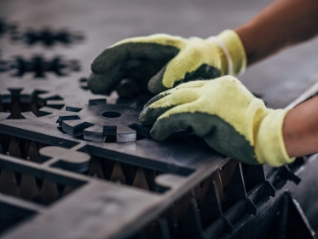Atradius Atrium
Get direct access to your policy information, credit limit application tools and insights
 Singapore offices
Singapore offices














Load more
Viewing 7 out of 146







Load more
Viewing 7 out of 28







Load more
Viewing 7 out of 25







Load more
Viewing 7 out of 12














Load more
Viewing 7 out of 9
Case study
